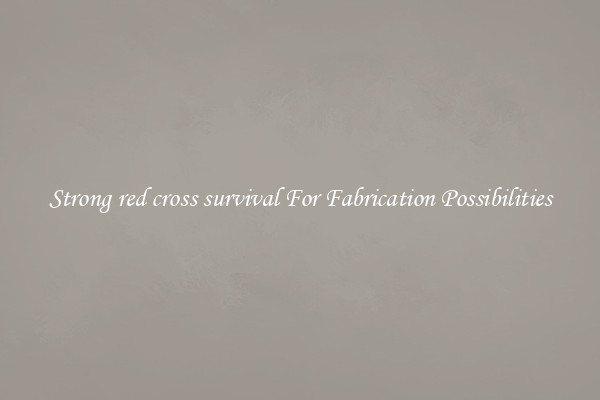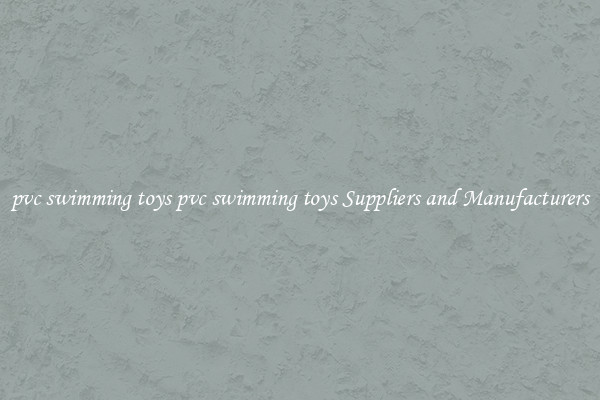Strong red cross survival For Fabrication Possibilities
Strong Red Cross Survival: Unleashing Fabrication Possibilities

When it comes to survival in extreme conditions or during emergencies, having strong and reliable tools and equipment is paramount. One such essential tool in any survival kit is the Red Cross, a symbol of hope and aid that has been associated with rescue and support for decades. But what if we told you that the Red Cross can also be a key to unlocking fabrication possibilities?
Fabrication, the process of creating objects or devices through the manipulation of materials, can be a daunting task, especially in survival situations where resources may be scarce. However, with the right knowledge and skills, the Red Cross can become a versatile resource, offering a multitude of fabrication possibilities.
One of the primary uses of the Red Cross for fabrication lies in its flexibility. Made from durable materials like PVC or rubber, the Red Cross can be repurposed into makeshift tools and devices. For example, it can be cut into strips and woven together to create a strong rope or cordage, useful for building shelters, tying objects together, or creating traps. These makeshift ropes can also be used for climbing or rappelling in emergency situations, providing a lifeline when traditional tools are not available.
Another way the Red Cross can be used for fabrication is by leveraging its bright color. In survival situations, visibility is crucial for signaling and rescue. By using the red fabric from the Red Cross, one can fashion a flag or a visible marker to attract attention. This can be done by tearing the fabric into strips, attaching them to a long stick or pole, and waving it to signal for help. In the worst-case scenario, where no other options are available, the red fabric can be fashioned into a makeshift distress signal by spelling out SOS or using other universally recognized signals.
In addition to its material properties and visibility, the Red Cross can also aid in fabrication through its symbolic significance. People are more likely to rally around the symbol of the Red Cross in times of crisis, which can encourage collaboration and teamwork. This unity can lead to the pooling of resources, knowledge, and skills, enabling the collective fabrication of survival tools and equipment. In this way, the Red Cross becomes a symbol not only of assistance but also of ingenuity and resourcefulness.
In conclusion, the strong Red Cross survival not only offers hope and aid in emergencies but also holds untapped fabrication possibilities. Its versatility, durability, and visibility make it a valuable resource for creating makeshift tools, ropes, and distress signals. Furthermore, its symbolic significance can foster collaboration and innovation in dire situations. So, the next time you see the Red Cross, remember that it is not just a symbol of rescue, but also a key to unlocking survival through fabrication possibilities.

View details

View details

View details

View details








